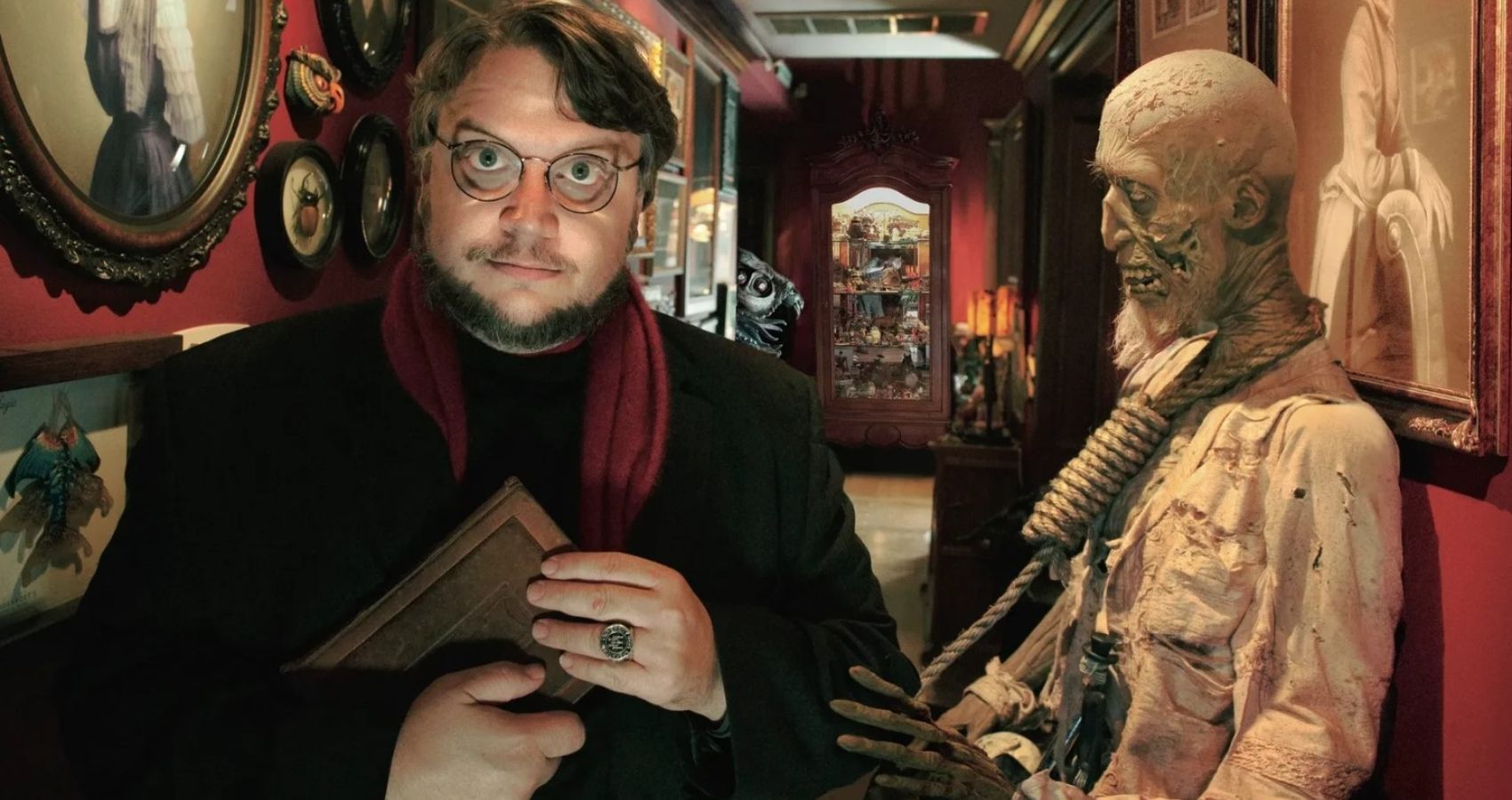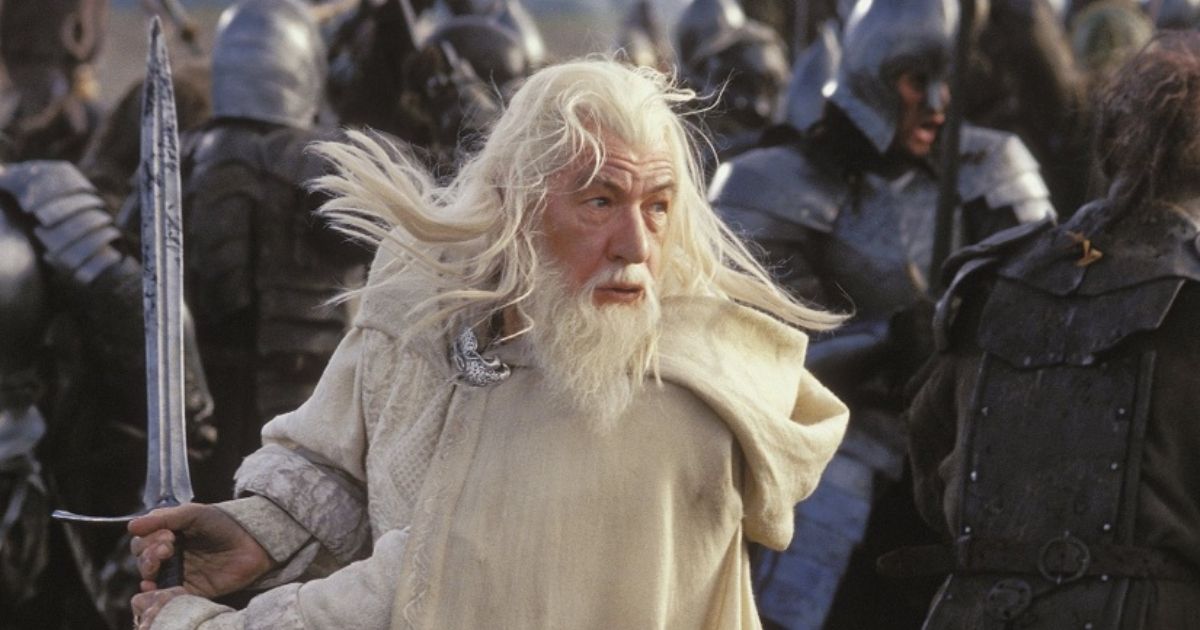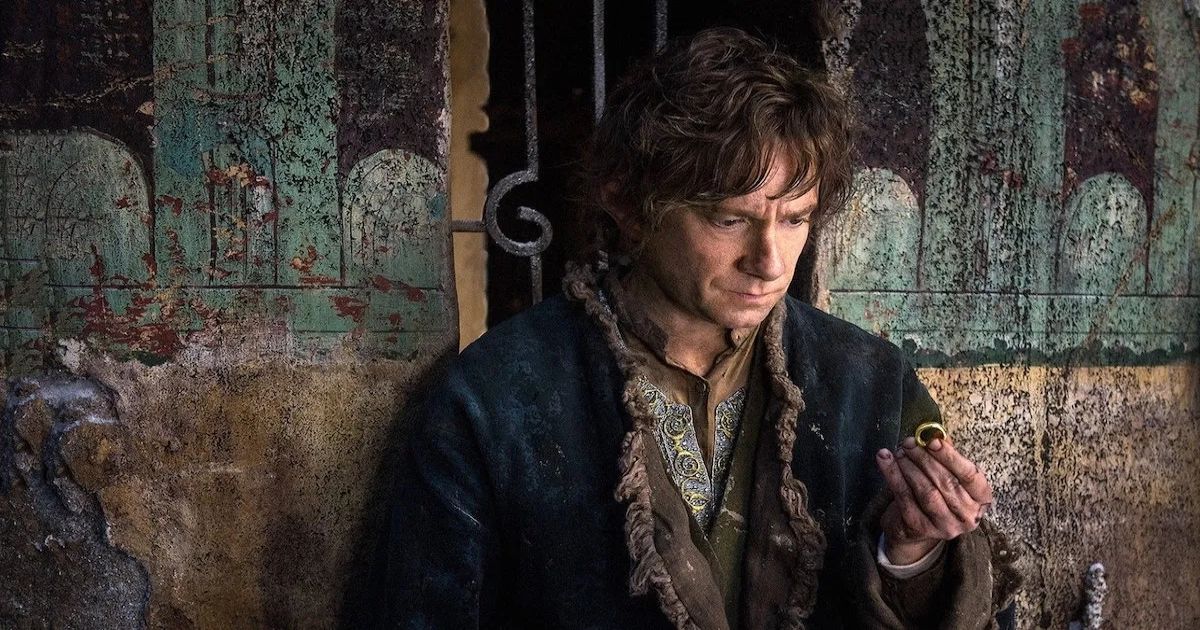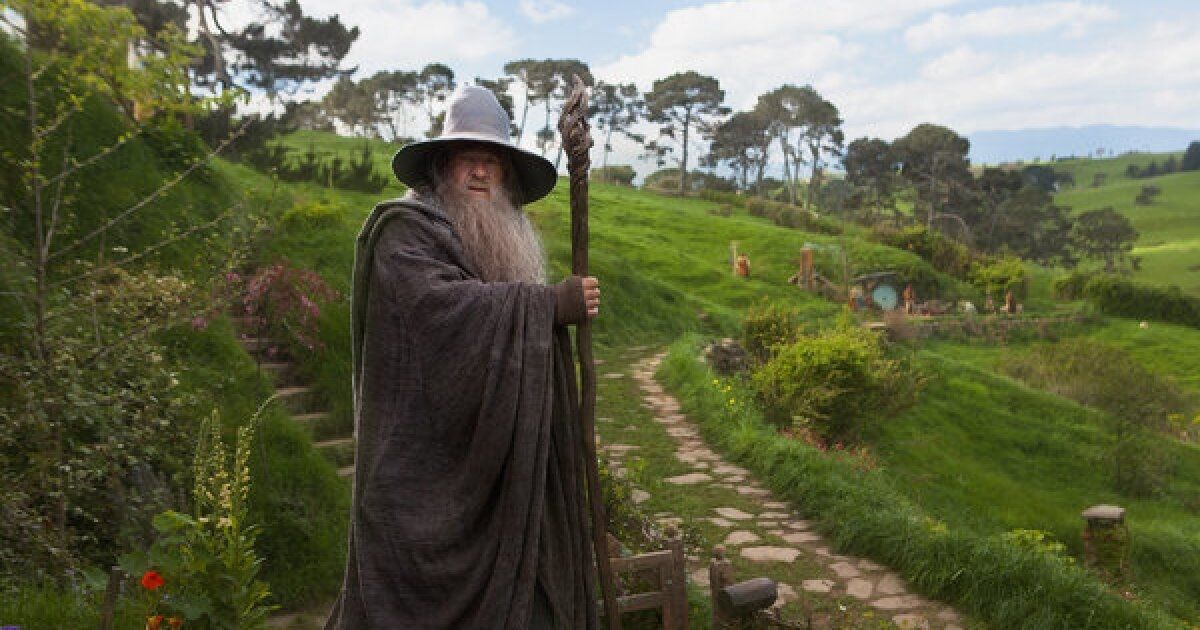Guillermo del Toro has been one of the biggest breakout directors of the 21st century. The personality, artistry and creativity that he pours into the movies he makes is truly the stuff of wonder. Whether it be in a big-budget action flick like Pacific Rim or a more reserved and character-driven story like The Shape of Water, his films are always meticulously detailed, outlined and executed. He’s a director that thoroughly appreciates film as an art form, which is always apparent when watching one of his works.
Throughout his career, del Toro has attached himself to a few different preexisting properties, specifically from the world of comic books with movies like Hellboy and Blade II. However, the most well-known story that he signed on to direct ended up not coming to fruition, at least not with him at the helm. Back in the late 2000s, del Toro was attached to direct a feature film adaptation of J.R.R. Tolkien’s legendary novel, The Hobbit. While del Toro’s Hobbit never found its way into production, there were years of pre-production and development that went into the project. So what happened?
Following Peter Jackson’s The Lord of the Rings
It’s no secret that Peter Jackson’s adaptations of The Lord of the Rings were some of the biggest films of the early 2000s. They are still regarded as one of the best film trilogies to ever hit the big screen. Jackson had initially wanted to develop The Hobbit alongside his Lord of the Rings films. The idea was that The Hobbit would consist of one film and The Lord of the Rings would be condensed down to two, making the two stories a trilogy of sorts. However, there were issues securing the film rights to The Hobbit in the late '90s, and so Jackson and his team shifted to focus solely on The Lord of the Rings.
After the immense success of The Lord of the Rings, there was almost instantly a renewed interest in developing The Hobbit as well. The aforementioned rights issues continued to be a holdup for the film’s development, though, as Metro-Goldwyn-Mayer owned the rights to The Hobbit, while it was with New Line Cinema that Jackson had worked with for The Lord of the Rings. After several years of various lawsuits involving Jackson, New Line and the Tolkien Estate over unpaid back-ends from that trilogy, the dust finally settled. MGM and New Line announced a co-production of The Hobbit in which Jackson would serve as producer, with the goal being to have the new adaptation in theaters by the early 2010s.
It was several months after this announcement that del Toro signed on to direct this new adaptation of The Hobbit, which would split the novel into two distinct films. The first film would be a fairly standalone story that would embrace del Toro’s typical styling, and the second would serve more as a bridge between del Toro’s Hobbit and the story and style of Jackson’s Lord of the Rings. There was a lot of excitement from fans at the time, as del Toro was coming off career-defining films like Pan’s Labyrinth and the Hellboy films when he signed on to direct the new Tolkien adaptation.
Issues During Development
Del Toro would then work alongside Jackson and screenwriters Philippa Boyens and Fran Walsh (who had also co-written The Lord of the Rings with Jackson) to hammer out the scripts for the two Hobbit films. During this time, there was a lot of expansion proposed to the story of the original novel. While the base of the plot of The Hobbit remained intact, there were many additions from Tolkien’s writings in the appendices of The Lord of the Rings that were slotted into the story. One such addition is Gandalf’s exploration of Dol Goldur and The Necromancer, which is only briefly alluded to in the book. In the original story, Gandalf leaves Bilbo Baggins, and the company of Dwarves without any real explanation of where he was going or when he would be back. While that may have worked for the novel, it was decided that it wouldn't make sense in the films, and so his adventures detailed within the appendices were adapted to fit the script.
Del Toro, Jackson, Boyens, and Walsh spent loads of time developing the story for the film adaptation of The Hobbit, though eventually the struggle to find an agreed-upon script and treatment started to hold up the advance into casting and production. At the time, Del Toro said, “Literally, like every week, what you discover writing the two movies, writing the two stories, it changes. So, every week there’s a discovery, and anything we say this week would be contradicted next week. Certainly that would be true in casting. Why create hopes or why create expectations if down the line you’re going to go, ‘You know what? That was not a good idea.’”
Another major holdup for del Toro’s iteration of The Hobbit was the financial insecurity of MGM at the time. The studio’s monetary issues had held them back from giving a green light to del Toro, Jackson, and this adaptation of The Hobbit. So, even though the script was nearing completion, many different creatures and settings had finalized designs and there were entire sequences of the film mapped out, del Toro could not actually move into production. Pair that with the ongoing merger between New Line and Warner Bros, and the result was that the development of The Hobbit just turned into a waiting game. There had already been years of work done on the films at that point, but they could not continue until there was more solid groundwork laid by MGM and New Line/WB.
Del Toro Moved On
It was chiefly because of this waiting game over the production of The Hobbit that del Toro ultimately made the decision to move on to other projects. The director had already sunk several years into the development of the films, and it reached a point in which The Hobbit was holding him back from pursuing other creative opportunities. The announcement of his departure came in May of 2010, when del Toro stated that he would still support the movies and serve as a screenwriter, but that he would no longer be the creative captain of the whole thing. He said, “In light of ongoing delays in the setting of a start date for filming The Hobbit, I am faced with the hardest decision of my life. After nearly two years of living, breathing and designing a world as rich as Tolkien’s Middle Earth, I must, with great regret, take leave from helming these wonderful pictures.”
After del Toro left The Hobbit, he would go on to direct and produce a number of other films that further established his place within the film industry. His next project would be the kaiju-sized Pacific Rim, which was released in the summer of 2013. He has also received numerous Academy Award nominations in the years since; three for The Shape of Water in 2018 (of which he won two) and one for Nightmare Alley earlier this year. When he departed The Hobbit back in 2010, the two films had already been dated for December 2012 and December 2013. New Line and WB still wanted to meet those release dates, and so they frantically scrambled to find a new director as soon as possible. Ultimately, Jackson was convinced to return to the director’s chair, bringing him back into the forefront of Middle-Earth on-screen. However, there were still many bumps in the road ahead for The Hobbit.
While the scripts for del Toro’s Hobbit were nearly done, the decision was made to rework the story from the ground up, as Jackson felt the scripts weren’t the Hobbit stories he wanted to tell as a director. So, with production beginning soon after, Jackson, Boyens and Walsh were still finishing scripts during the shoot. This led to a fairly messy production process, with lots of improvisation and ad-libbing on-set. Couple that with the decision to split The Hobbit into three films rather than the planned two, and the result was a real mixed bag of a Middle-Earth trilogy. Considering del Toro's signature creative style and filmmaking personality, it's hard not to wonder what his adaptation of The Hobbit would have looked like compared to the trilogy that fans got. However, del Toro has gone on to direct many other great films, and he is continuing to affirm his place as one of the best working directors of today. His newest film, a stop-motion adaptation of Pinocchio, is set for release through Netflix at the end of the year.




